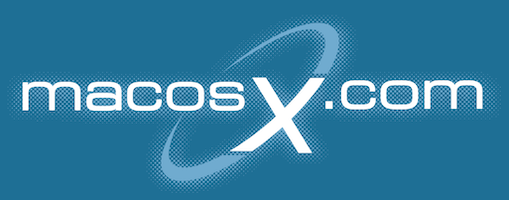Hi,
I just got a new macbook pro,
it comes with snow leopard and i'm having some issues with it,
like some random system or trackpad reactivity problems,
as example, sometimes applications won't open on the first clicks, need to try again.. or the "double tap to drag" long timeout before it releases the "drag".
I've seen the same problems I'm having, discussed on forums and the guys telling that they had no such issues with Leopard,
I'd like to install Leopard (normal retail version but I may try with a macbook version if needed) to try (maybe dual boot if possible) but the dvd is just not booting, when selecting it on the boot menu (keeping alt at startup) the menu locks or something and all I can do is power off the MBP ...,
I tried to run it from OSX where it tells me to restart so that it'll install, but it's the same it won't boot and I get a grey background until I power off :/
Can someone tell if leopard is blocked or something on the new MBP ?
Thanks and merry Xmas
I just got a new macbook pro,
it comes with snow leopard and i'm having some issues with it,
like some random system or trackpad reactivity problems,
as example, sometimes applications won't open on the first clicks, need to try again.. or the "double tap to drag" long timeout before it releases the "drag".
I've seen the same problems I'm having, discussed on forums and the guys telling that they had no such issues with Leopard,
I'd like to install Leopard (normal retail version but I may try with a macbook version if needed) to try (maybe dual boot if possible) but the dvd is just not booting, when selecting it on the boot menu (keeping alt at startup) the menu locks or something and all I can do is power off the MBP ...,
I tried to run it from OSX where it tells me to restart so that it'll install, but it's the same it won't boot and I get a grey background until I power off :/
Can someone tell if leopard is blocked or something on the new MBP ?
Thanks and merry Xmas
